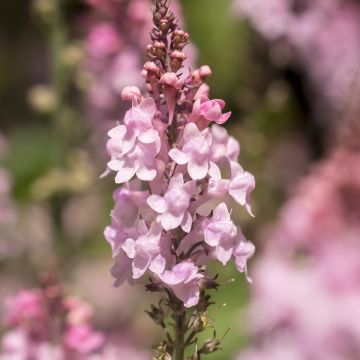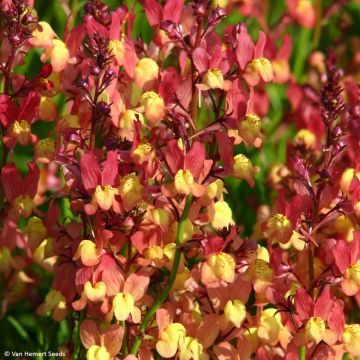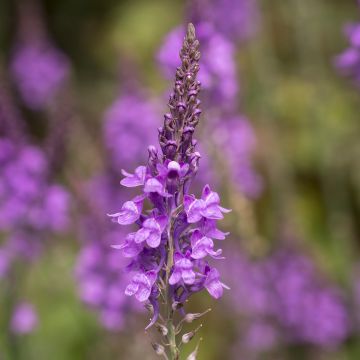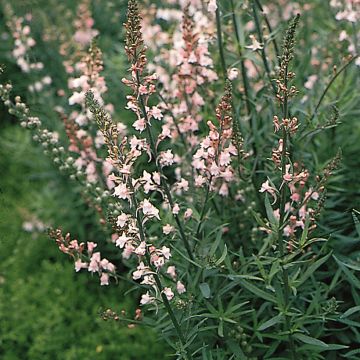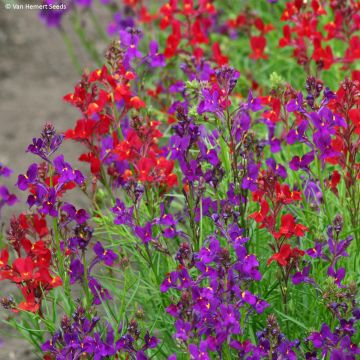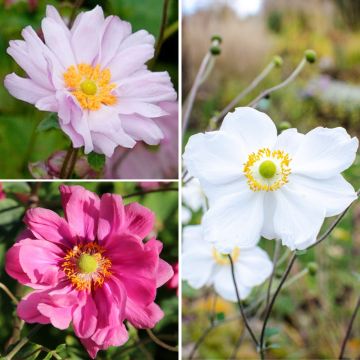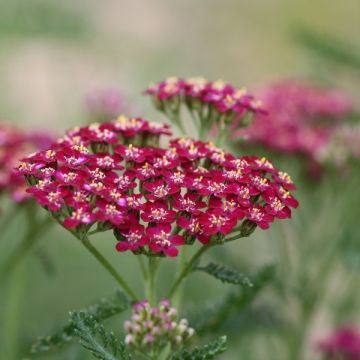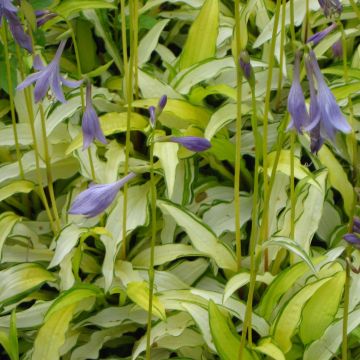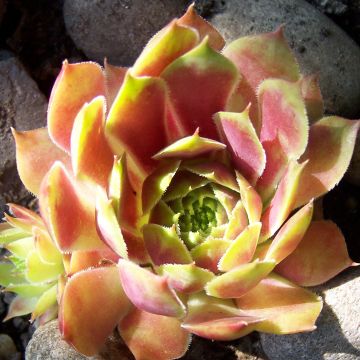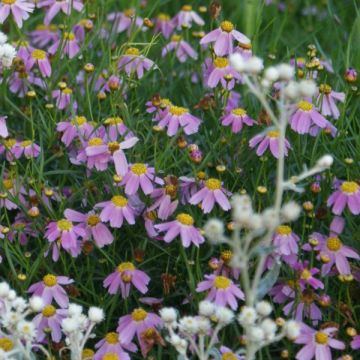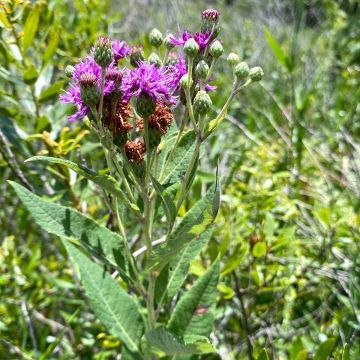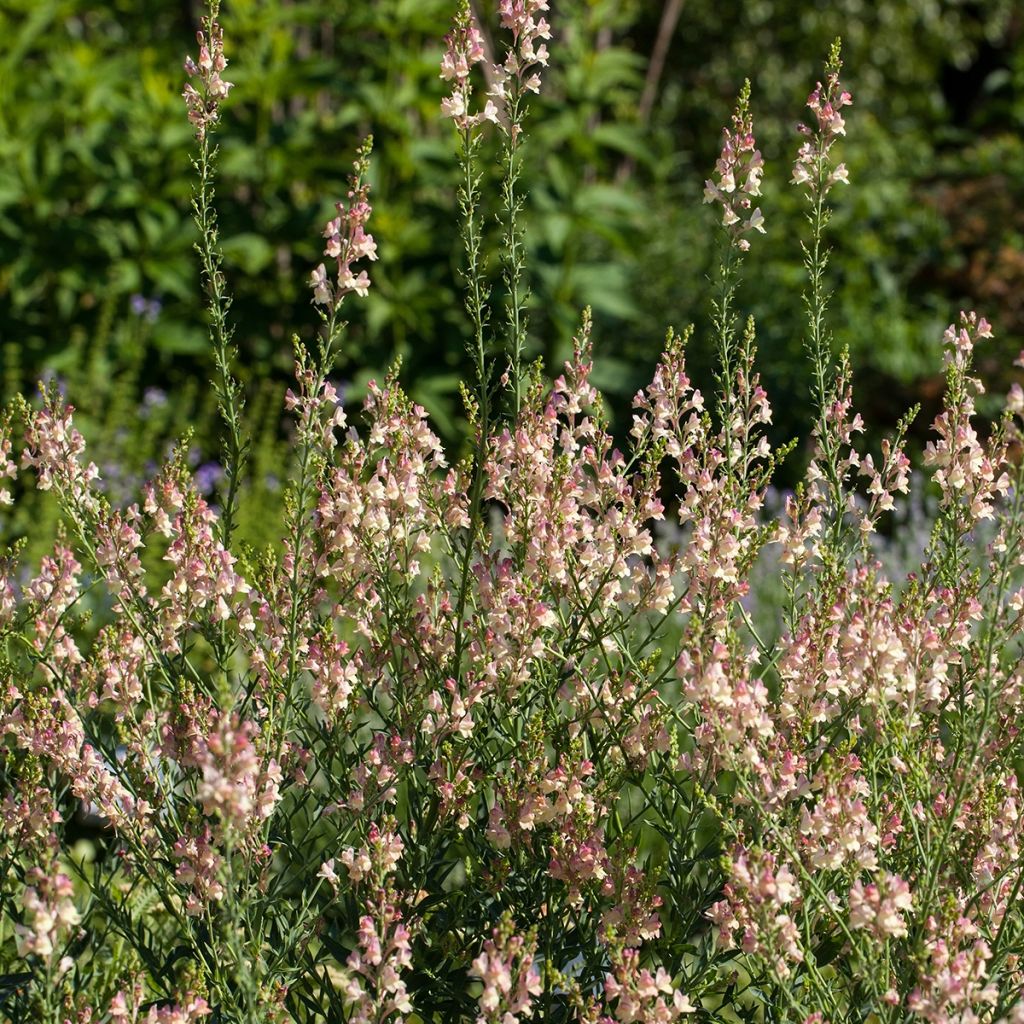

Linaria purpurea Peachy
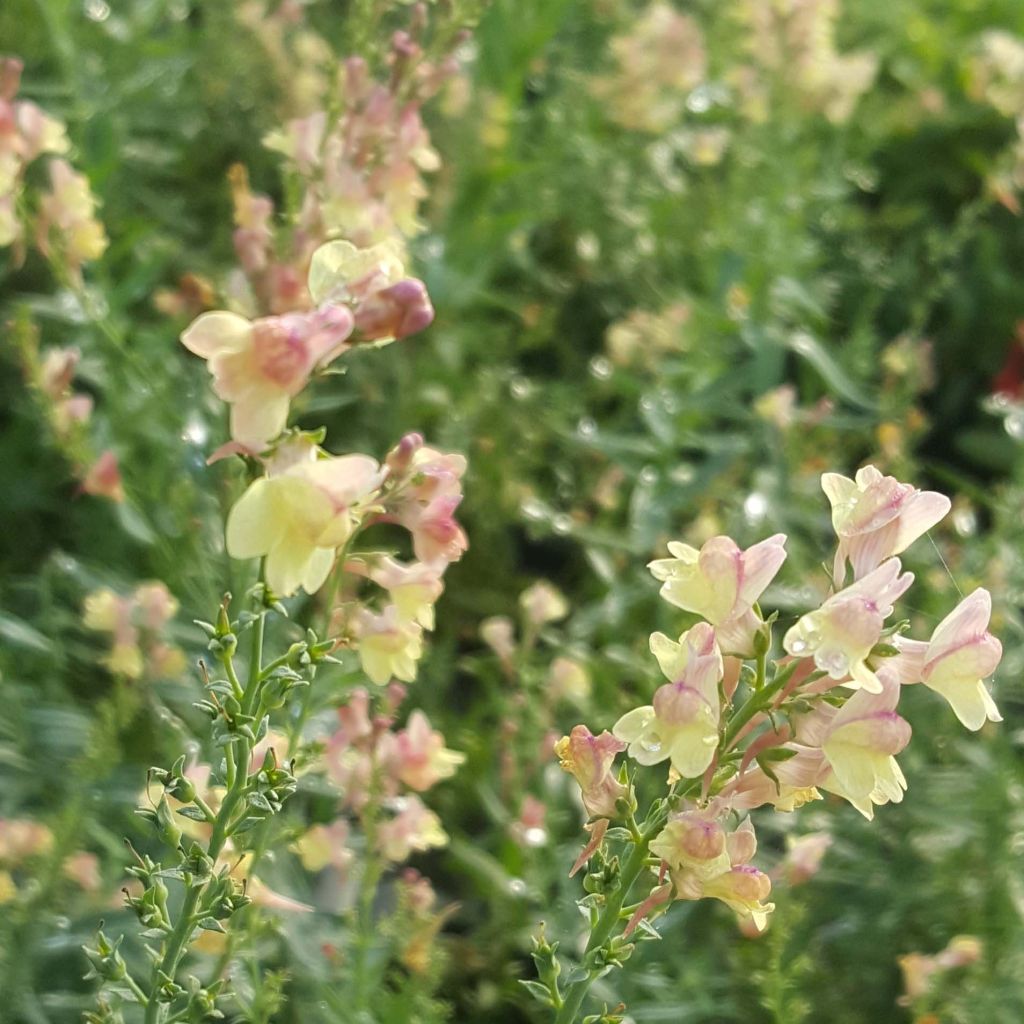

Linaria purpurea Peachy
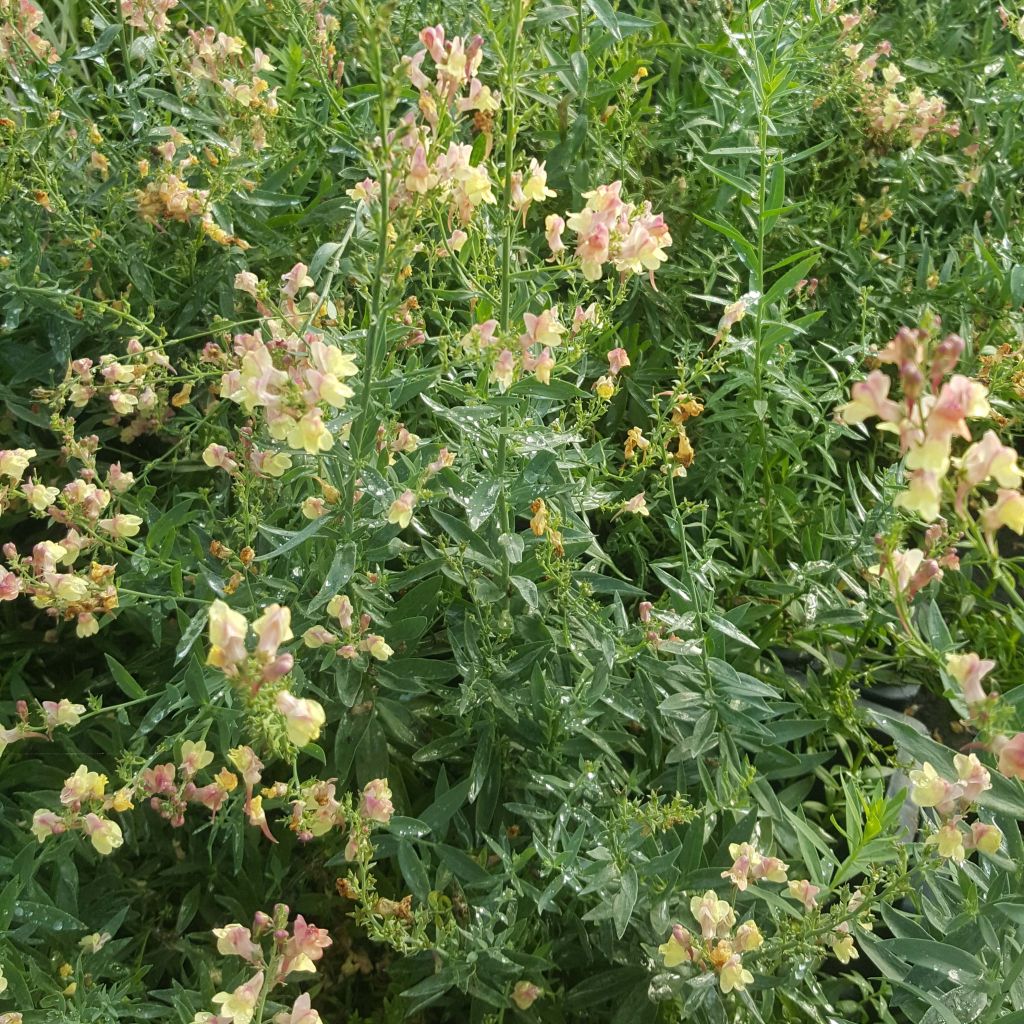

Linaria purpurea Peachy
Linaria purpurea Peachy
Linaria x purpurea Peachy
Purple Toadflax
Very beautiful clumps arrived in perfect condition.
Jean-Claude, 07/04/2022
Special offer!
Receive a €20 voucher for any order over €90 (excluding delivery costs, credit notes, and plastic-free options)!
1- Add your favorite plants to your cart.
2- Once you have reached €90, confirm your order (you can even choose the delivery date!).
3- As soon as your order is shipped, you will receive an email containing your voucher code, valid for 3 months (90 days).
Your voucher is unique and can only be used once, for any order with a minimum value of €20, excluding delivery costs.
Can be combined with other current offers, non-divisible and non-refundable.
Home or relay delivery (depending on size and destination)
Schedule delivery date,
and select date in basket
This plant carries a 12 months recovery warranty
More information
We guarantee the quality of our plants for a full growing cycle, and will replace at our expense any plant that fails to recover under normal climatic and planting conditions.

Would this plant suit my garden?
Set up your Plantfit profile →
Description
The Linaria Peachy is a recent variety of toadflax, as beautiful as it is unusual. This tall perennial is appreciated for the delicacy and elegance of its flowering and is a water-saving plant, perfect for embellishing a natural garden that is little or not watered. In summer, over a long period, it produces slender and flexible spikes where masses of tiny flowers similar to snapdragons bloom. In 'Peachy', these little 'wolf's mouths' are beautifully coloured in salmon, pink, and yellow, forming a colourful cloud that has a stunning effect in flower beds and bushes.
The Linaria Peachy belongs to the Scrophulariaceae family. It is a cousin of snapdragons, but it is taller and more elegant. It is a recent horticultural hybrid. Its first parent is Linaria purpurea, with mauve-pink flowers, naturalized in many regions, with origins that can be traced back to southern Europe, likely Italy. Its other parent is called Linaria dalmatica, with yellow-orange flowers, native to western Asia and southeastern Europe. Linarias are mostly native to the Mediterranean region.
'Peachy' is a deciduous perennial, with an upright clump habit, reaching 80 cm (32in) to 1 m (3ft) in height and 30 cm (12in) in diameter. The flowering period extends from June to September. In hot and dry climates, it fades in August and resumes in September-October. The small flowers measure 2 cm (1in) in length and are composed of two lips ending in a curved spur, revealing a bearded throat. They are grouped in dense spikes and display different shades of pale pink, purple-pink, light salmon pink, and tender yellow, a rare colour combination that harmonizes the very different flowering of its two parents. The foliage, deciduous, adorns the thin stems. The leaves are fine, linear, lanceolate, grayish-green, and measure 2 to 6 cm (1 to 2in) in length. This beautiful hybrid is a sterile plant that does not produce seeds and only lives for a few years in the garden.
The Peachy toadflax brings poetry and cheerfulness wherever it thrives, which is in full sun and well-drained, light soil. It is so undemanding that it flourishes in the poorest soils. It can be used abundantly in large flower beds, rockeries, and large dry slopes. In dry and wild areas of the garden, it can accompany, for example, blue Baptisia, Euphorbia polychroma, penstemons, horned poppy, tall hybrid mulleins like 'Pink Domino', or perennial flax. It is also perfect in sunny beds of perennials like tall asters, Sedum spectabile, and grasses, and it pairs well with bush roses and small shrubs that thrive in dry soil (Ceratostigma, lavender, teucriums, cistus).
Etymology: the species name 'Linaria' comes from LINUM, which means flax, due to the shape of the leaves, which resemble those of flax.
Report an error about the product description
Linaria purpurea Peachy in pictures
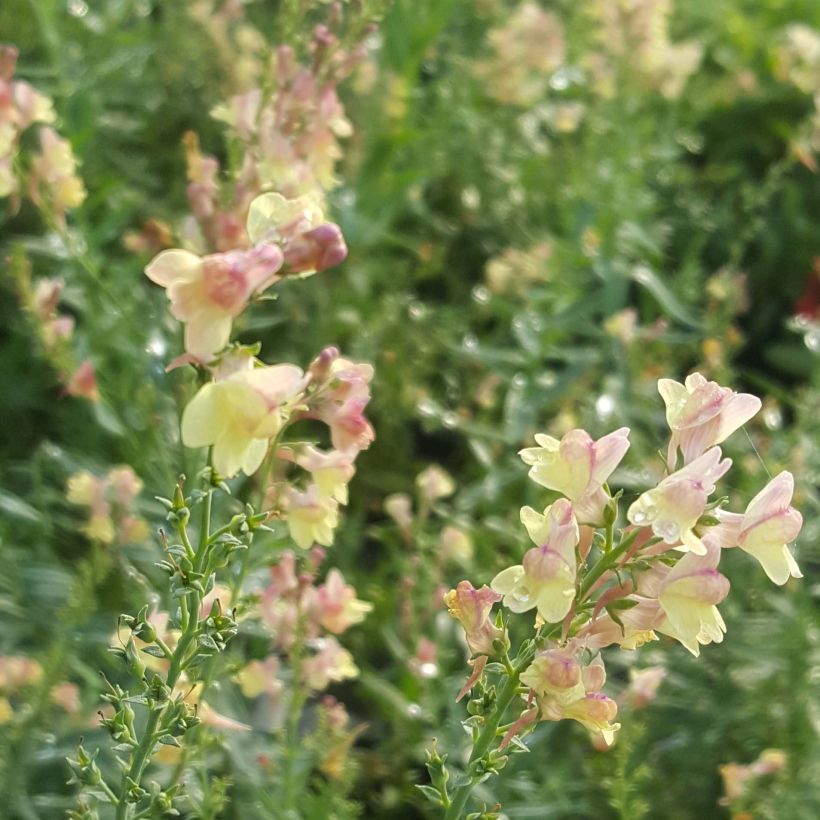

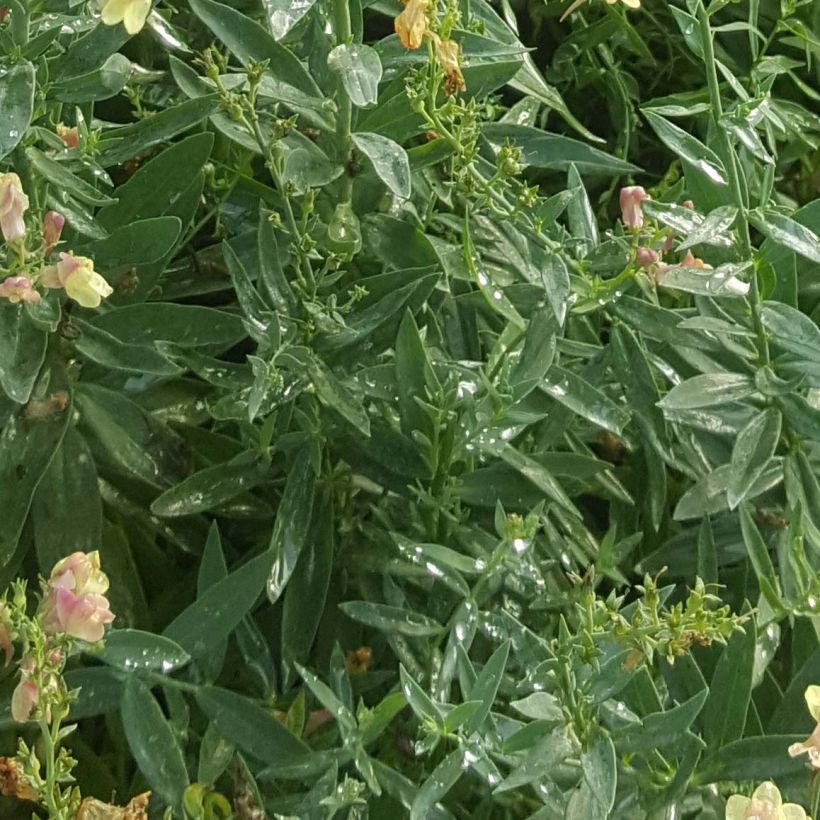

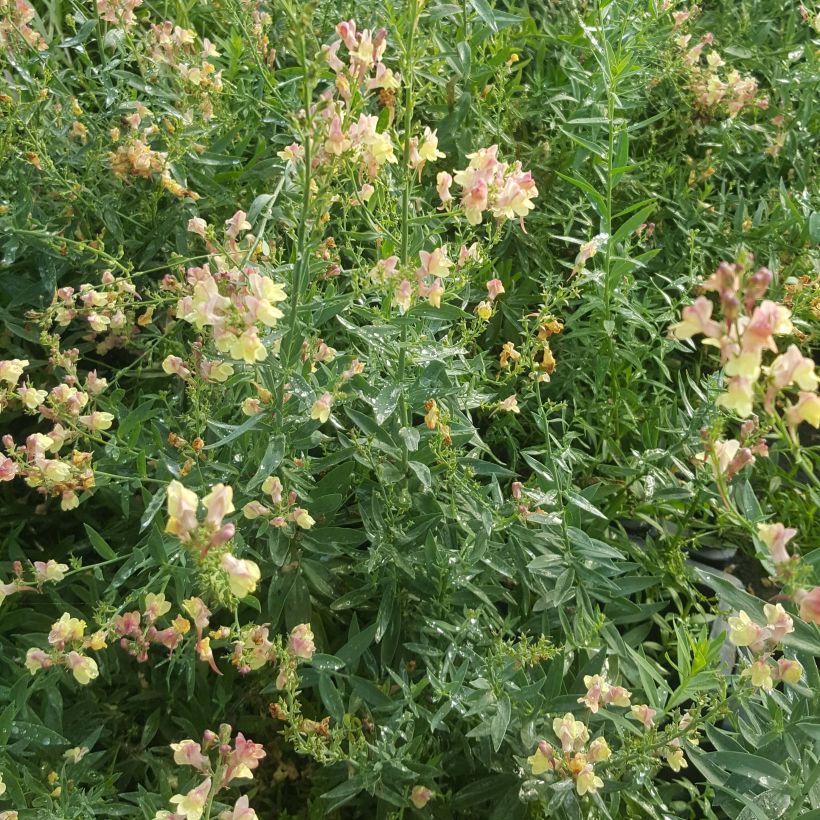

Flowering
Foliage
Plant habit
Botanical data
Linaria
x purpurea
Peachy
Scrophulariaceae
Purple Toadflax
Cultivar or hybrid
Other Linaria - Toadflax
View all →Planting and care
Planting period
Intended location
Care
-
, onOrder confirmed
Reply from on Promesse de fleurs
Similar products
Haven't found what you were looking for?
Hardiness is the lowest winter temperature a plant can endure without suffering serious damage or even dying. However, hardiness is affected by location (a sheltered area, such as a patio), protection (winter cover) and soil type (hardiness is improved by well-drained soil).

Photo Sharing Terms & Conditions
In order to encourage gardeners to interact and share their experiences, Promesse de fleurs offers various media enabling content to be uploaded onto its Site - in particular via the ‘Photo sharing’ module.
The User agrees to refrain from:
- Posting any content that is illegal, prejudicial, insulting, racist, inciteful to hatred, revisionist, contrary to public decency, that infringes on privacy or on the privacy rights of third parties, in particular the publicity rights of persons and goods, intellectual property rights, or the right to privacy.
- Submitting content on behalf of a third party;
- Impersonate the identity of a third party and/or publish any personal information about a third party;
In general, the User undertakes to refrain from any unethical behaviour.
All Content (in particular text, comments, files, images, photos, videos, creative works, etc.), which may be subject to property or intellectual property rights, image or other private rights, shall remain the property of the User, subject to the limited rights granted by the terms of the licence granted by Promesse de fleurs as stated below. Users are at liberty to publish or not to publish such Content on the Site, notably via the ‘Photo Sharing’ facility, and accept that this Content shall be made public and freely accessible, notably on the Internet.
Users further acknowledge, undertake to have ,and guarantee that they hold all necessary rights and permissions to publish such material on the Site, in particular with regard to the legislation in force pertaining to any privacy, property, intellectual property, image, or contractual rights, or rights of any other nature. By publishing such Content on the Site, Users acknowledge accepting full liability as publishers of the Content within the meaning of the law, and grant Promesse de fleurs, free of charge, an inclusive, worldwide licence for the said Content for the entire duration of its publication, including all reproduction, representation, up/downloading, displaying, performing, transmission, and storage rights.
Users also grant permission for their name to be linked to the Content and accept that this link may not always be made available.
By engaging in posting material, Users consent to their Content becoming automatically accessible on the Internet, in particular on other sites and/or blogs and/or web pages of the Promesse de fleurs site, including in particular social pages and the Promesse de fleurs catalogue.
Users may secure the removal of entrusted content free of charge by issuing a simple request via our contact form.
The flowering period indicated on our website applies to countries and regions located in USDA zone 8 (France, the United Kingdom, Ireland, the Netherlands, etc.)
It will vary according to where you live:
- In zones 9 to 10 (Italy, Spain, Greece, etc.), flowering will occur about 2 to 4 weeks earlier.
- In zones 6 to 7 (Germany, Poland, Slovenia, and lower mountainous regions), flowering will be delayed by 2 to 3 weeks.
- In zone 5 (Central Europe, Scandinavia), blooming will be delayed by 3 to 5 weeks.
In temperate climates, pruning of spring-flowering shrubs (forsythia, spireas, etc.) should be done just after flowering.
Pruning of summer-flowering shrubs (Indian Lilac, Perovskia, etc.) can be done in winter or spring.
In cold regions as well as with frost-sensitive plants, avoid pruning too early when severe frosts may still occur.
The planting period indicated on our website applies to countries and regions located in USDA zone 8 (France, United Kingdom, Ireland, Netherlands).
It will vary according to where you live:
- In Mediterranean zones (Marseille, Madrid, Milan, etc.), autumn and winter are the best planting periods.
- In continental zones (Strasbourg, Munich, Vienna, etc.), delay planting by 2 to 3 weeks in spring and bring it forward by 2 to 4 weeks in autumn.
- In mountainous regions (the Alps, Pyrenees, Carpathians, etc.), it is best to plant in late spring (May-June) or late summer (August-September).
The harvesting period indicated on our website applies to countries and regions in USDA zone 8 (France, England, Ireland, the Netherlands).
In colder areas (Scandinavia, Poland, Austria...) fruit and vegetable harvests are likely to be delayed by 3-4 weeks.
In warmer areas (Italy, Spain, Greece, etc.), harvesting will probably take place earlier, depending on weather conditions.
The sowing periods indicated on our website apply to countries and regions within USDA Zone 8 (France, UK, Ireland, Netherlands).
In colder areas (Scandinavia, Poland, Austria...), delay any outdoor sowing by 3-4 weeks, or sow under glass.
In warmer climes (Italy, Spain, Greece, etc.), bring outdoor sowing forward by a few weeks.






























